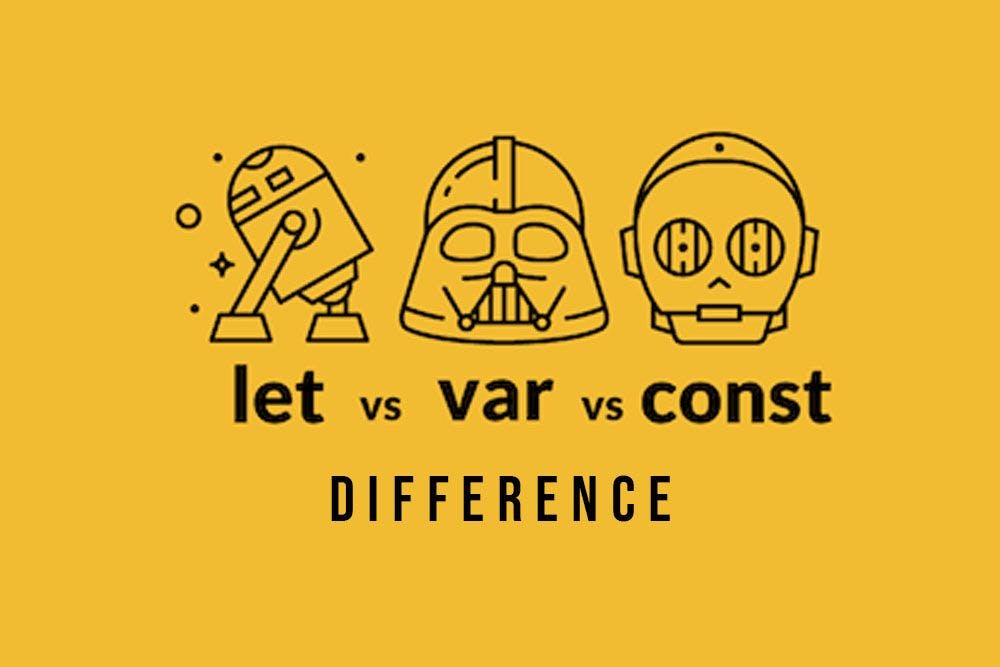ES2015 (ES6) introduced several innovative features, and by 2024, a substantial number of JavaScript developers are expected to have adopted and incorporated these advancements into their programming methodologies.
While this assumption holds true to some extent, it's possible that certain developers may still find some of these features unfamiliar.
In the realm of JavaScript, one can declare variables utilizing three distinct keywords: var, let, and const. In this article, we'll explore the distinctions between these keywords, delving into their scopes and other essential concepts.
1. var
Scope: Var is function-scoped, meaning a variable declared with var is accessible throughout the function in which it is declared.
Hoisting: Variables declared with var are hoisted, moving to the top of their scope. Nevertheless, hoisting exclusively applies to the declaration and not to the initialization process.
Reassignment: Variables declared with var can be reassigned and redeclared.
2. let
Scope: Let is block-scoped, confined within {}. A variable that is declared using let is accessible only within the specific block where it has been declared.
Hoisting: Let declarations are hoisted but not initialized. Accessing them before declaration results in a ReferenceError.
Reassignment: it's important to note that variables declared using let can be reassigned within the same scope, but they cannot be redeclared.
3. const
Scope: Like let, const is block-scoped.
Hoisting: it's important to understand that const declarations undergo hoisting, but they are not initialized during this process.
Reassignment: A const variable cannot be reassigned or redeclared. Yet, it is crucial to understand that const-declared objects or arrays allow modifications to their properties or elements.
Best Practices:
- Default to const: Use const for variables that should not be reassigned. Embracing const promotes immutability, reducing the risk of accidental reassignment.
- Utilize let for reassignment: When anticipating changes in a variable, use let. This explicitly communicates your intention to modify the variable, minimizing unnecessary redeclaration.
- Minimize var usage: In modern JavaScript development, avoid var unless strictly necessary, given its function scope and potential for variable leakage.
Understanding let, var, and const is essential for writing clear and predictable JavaScript code. While let provides block-level scoping, it's noteworthy that var, being an older construct, imparts function-level scoping. Additionally, const is utilized to declare variables intended to remain constant throughout the entire program. By following best practices and choosing the appropriate keyword for variable declaration, you can enhance code clarity, prevent bugs, and ensure better maintainability in your JavaScript projects.
Master JavaScript Sorting Algorithms: Efficiency & Analysis
What is Primitive and Non-Primitive data type in javascript?
About Muhaymin Bin Mehmood
Front-end Developer skilled in the MERN stack, experienced in web and mobile development. Proficient in React.js, Node.js, and Express.js, with a focus on client interactions, sales support, and high-performance applications.

